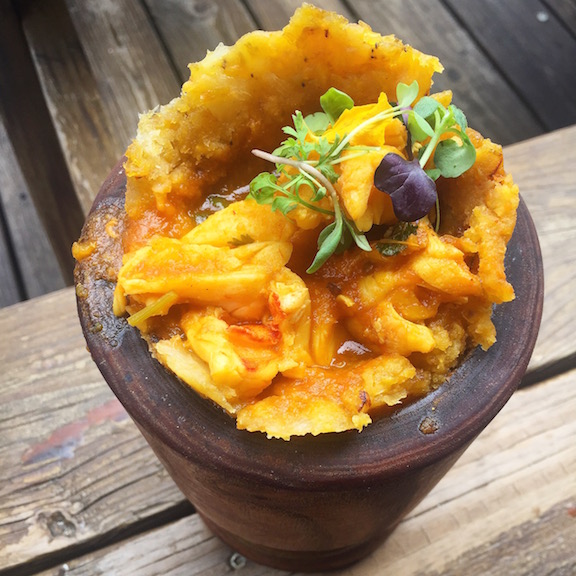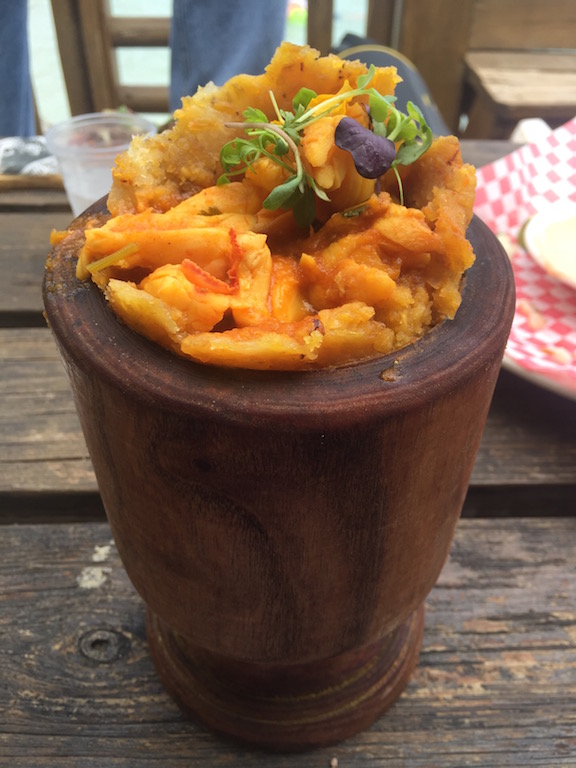By Sarah Greaves-Gabbadon
CJ Travel Editor
SAN JUAN — Move over mofongo; there’s something new in my mouth.
I never thought I could enjoy any Puerto Rican dish more than mofongo.
About five years ago I had my first taste of the local specialty – a delicious dome made of fried plantains mashed with garlic, olive oil and spices and then stuffed with seafood, pork, beef or veggies – and I was immediately smitten. The slight sweetness of the plantains; the tang of garlicky sauce; the saltiness of the chicharonnes embedded in the mash … que bueno!
And since that first encounter about five years ago all of my Puerto Rican trips have incorporated a “mofongo mission,” as I studiously sample it all over the country.
From the humble diner Café El Punto in Old San Juan (where I had my first); to Condado’s swanky Casa Lola (where it costs a whopping $31 for the seafood variety); to hilltop Richie’s Café in Rio Grande (where the dish was served drizzled with a creamy, Alfredo-like sauce), if there’s mofongo on the menu, I’m trying it.
So when my travels took me last weekend to Annie’s Place, a waterfront restaurant at Combate Beach in Cabo Rojo, I had mofongo on my mind.
Well, that is until I spotted something called trifongo on the menu.
What ever could this curiosity be?
I asked our waitress, who told me that trifongo is just like mofongo, except that instead of being made only with green plantains, the fried mash is a combo of green plantains, sweet (ripe) plantains and yucca (also known as cassava).
“Try it,” she urged. “Es delicioso!” Hmm … I was reluctant to pass over my faithful Puerto Rican staple but ordered the lobster trifongo and hoped for the best.
The moment it arrived at the table in the traditional Puerto Rican mortar called a pilon, I knew I’d made the right choice.
Chunks of fresh-caught lobster crowned the deep-fried starchy cup, each piece bathed in a flavorful sauce. And the first sample revealed a flavor far more complex than traditional mofongo, a mélange of distinct sweetness from the ripe plantains and a subtle savoriness from the cassava. That first tentative taste quickly turned into a feverish excavation of the pilon’s depths, every mouthful a delight, every morsel a revelation. It was, indeed, delicioso.
But my waitress was wrong: Trifongo isn’t just like mofongo.
It’s better.

